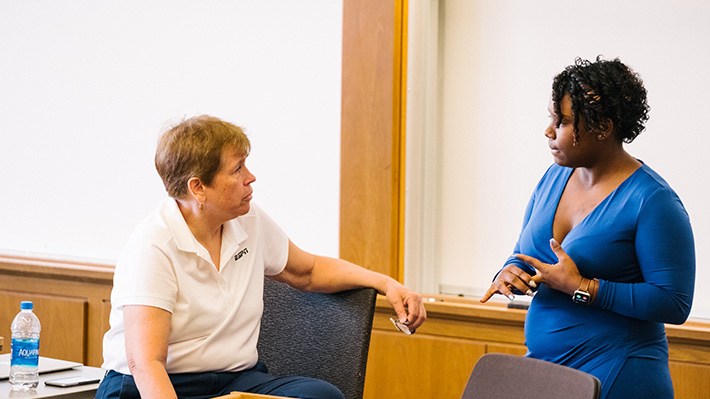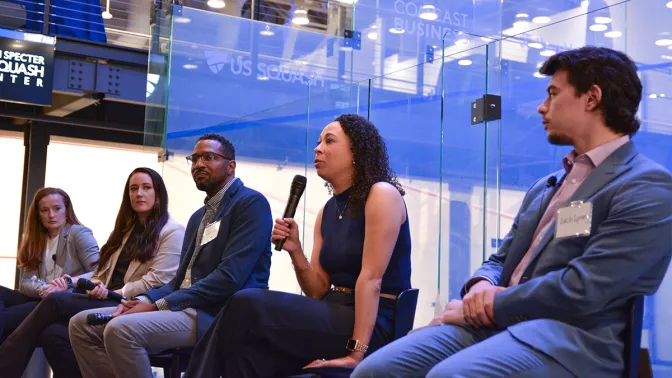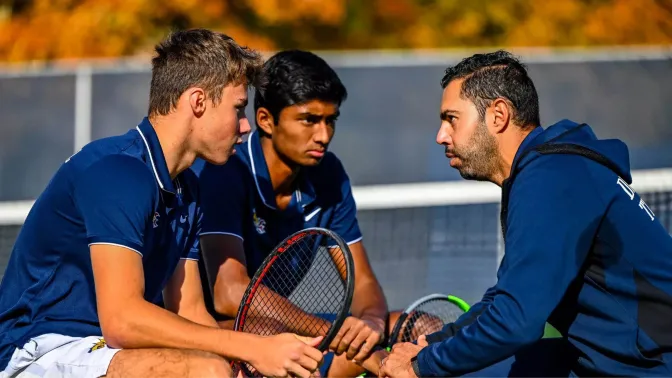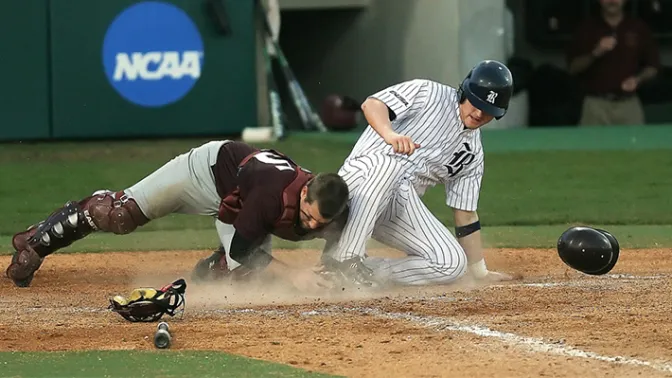
Player-Only Villages on College Campuses Could Hinder Student Development
Originally posted on Drexel Now.
If you build it, they will come“ seems to be the mantra of top football programs around the country that have invested in the creation of exclusive player-only villages. Coaches are behind the concept of the “Athletic Village,” believing it will enhance the togetherness of their team. However, researchers are raising caution to the exclusivity of these compounds – which may support the further segregation of athletes from the campus population that can cause significant social and personal drawbacks.
Karen Weaver, EdD, associate clinical professor in Drexel University’s Center for Sport Management and co-author of the study “Big Time Athletic Villages – Gated Communities Emerging on Campus,” says this trend is largely based on cultivating “a sense of family” among players, coaches and athletic staff. Weaver explains that chemistry and family are viewed almost religiously by most teams and for many it is a critical variable that bonds teams together win or lose.
Weaver and co-author Jordan Tegtmeyer observed the up-tick in facilities dedicated to student-athletes and the rise of Athletic Villages as the Clemson Football Operations Center’s facilities and amenities plans were made available to fans and recruits in 2015.
“It may not entirely be a coincidence that Clemson won the 2016 National Championship and was in the mix for 2017,” Weaver said. “In 2014, the NCAA changed the rules in regard to what programs can provide for athletes, including nutrition and counseling. Coaches and athletic directors saw an opportunity to construct a one-stop-shop that provides their student athletes with everything they might need outside of their academic lives, under one roof.”
While these multi-million-dollar villages are flashy and enticing, they reduce the amount of interaction a student-athlete has with the rest of the student body.
“When advisers are working in a building defined as an ‘Athletic Village,’ who do they then owe their allegiance to? The multimillion-dollar coaching staff or the student athlete?” Weaver said.
Weaver explains that when a student athlete receives their academic counseling inside an academic building – their identity as a student is reinforced, but when you move academic counseling into the athletic department it is harder for the student to remove themselves from their role as an athlete, first and student second.
In addition, college is often a place of self-discovery, where identity development and college friendships evolve and influence a student’s social growth, Weaver added. When student athletes are extracted from this process, placed in the context of an Athletic Village, where they are surrounded by microsystemic rewards based solely off of their athletic identity, their social growth becomes one-dimensional.
This dynamic can be especially challenging for athletes of color, who make up a majority of the roster on football and men’s basketball teams at primarily white institutions.
“When you have a high percentage of black athletes but a low percentage of black students across campus, there is an inherent assumption that if you are black on campus, you are an athlete. The more you isolate these athletes the more you are removing them from the social scope of these universities,” Weaver said. “This isolation can create a cascading effect that further exacerbates the well-documented inequities for many black male Division I athletes, particularly in seeking enrichment and additional opportunities beyond athletics.”
Although coaches in support of “Athletic Villages” may mean well and truly aim to inspire a sense of family, they also need to consider the by-products of controlling athletes’ time and attention. The NCAA has demonstrated its support for the integration of athletic associated service providers and college associated service providers for student athletes. As they persist, the Athletic Village actually serves as a vehicle to maximize the perception that time is wasted in transit from one campus office to another.
For an “Athletic Village” to truly benefit the student athlete, it must partner with regular college-student services as well as integrate into the student body so that the identity of student-athletes isn’t solely identified by their role at the university through sport. This singular identity puts student-athletes at a disadvantage particularly because only 1 percent of student-athletes will go on to become professional athletes.
“When a student-athlete gets used to a standard of society that revolves around their identity as an athlete, which these “Athletic Villages” can induce, their sense of identity can get lost when stripped of that title, whether due to sudden injury or ineligibility.”
While “Athletic Villages” are meant to cater to student-athlete wellbeing, coaches, universities and staff need to determine if they are doing right by the 99 percent of student athletes who don’t turn pro.
Those interested in the full study, “Big Time Athletic Villages - Gated Communities Emerging on Campus,” can read it here.


